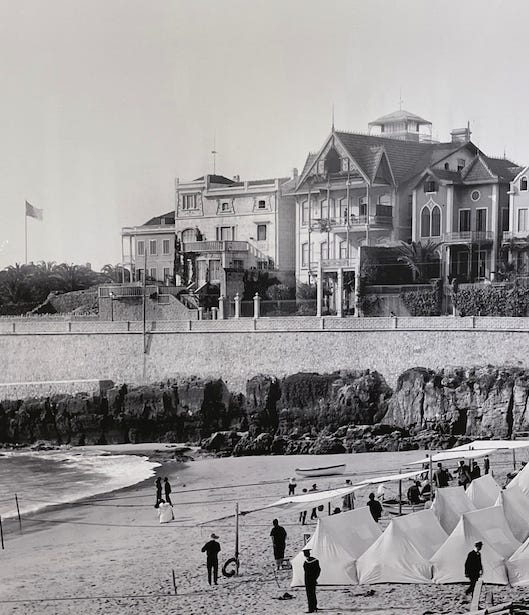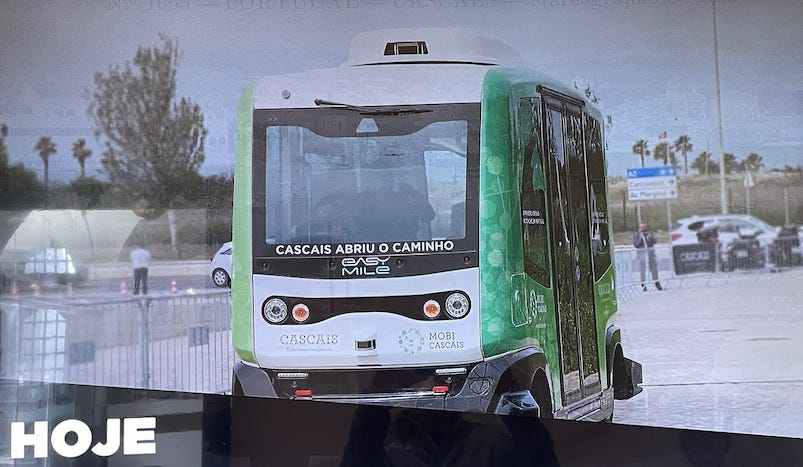I mentioned before that we chose Cascais because it was close to Lisbon (a 30-minute train ride), and had the benefit of local museums. We first visited an art museum showcasing the work of Paula Rego, today one just 6 blocks from our apartment dedicated to the history of Cascais.
History
Within the museum, you will find relics dating back to the Paleolithic and Neolithic periods. The Romans spent some time here, evidence of which can be found in a
group of ten tanks discovered just outside the museum that was the location of a factory for salting fish. The Moors also did a stint here. But it was in 1364 that King Pedro I decreed:
I order that the said place of Cascais be exempt from any subjection to Sintra, once a village and now a town in its own right.
Along with this decree came a tax of 200 pounds of gold annually, but this was satisfied through the fishing industry which fed not only Cascais but Lisbon as well.
In 1580 the city fell to the Spanish Army which hoped to conquer Lisbon and put Felipe II of Spain on the Portuguese throne. The city was looted and Diogo de Meneses, the commander of the Portuguese troops, was publicly beheaded. At the same time, there was a bit of a problem with the Portuguese monarchy as there was no clear successor to the throne. Thus began 60 years of the Iberian Union, during which Felipe II of Spain ruled the country. In 1640, Portugal was again independent and fortifications were built along the coast including in Cascais. Unfortunately, the 1755 earthquake decimated the city and a tsunami swept across the town killing at least 200 of its 5109 inhabitants. But the fishing industry and large quarries in the area brought the city back to life.
Sunbathing with the Royals
Cascais flourished as the “therapeutic” effect of sunbathing and beaches was discovered in the mid-1800s. The royals took note and had a railway built in 1889 between Lisbon and Cascais shortening what had been a 5-hour journey. In the 1940s the area flourished under the Costa do Sol Urbanisation Plan adding a hospital, the Mercado we visit each week and the Marechal Carmona Park which we enjoy during our daily walks.
The city is proud of its storied past and optimistic about the future. Near the end of the tour, you enter a large, dark booth. A multimedia presentation immerses you in an experience celebrating the cities past and its many more recent innovations. If you have an opportunity to visit Cascais, it is well worth spending an hour or two in this museum…and it is free.








What has become of the Duke's Summer residence? I see it is still in the contemporary picture. What is its function these days?